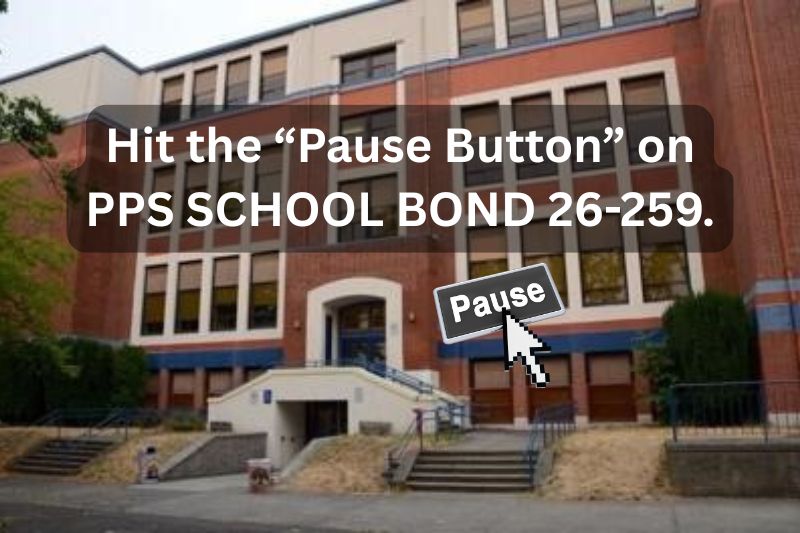In his recent guest column in The Oregonian, Director of the Oregon Department of State Lands Jim Paul summarizes the history of the Elliott State Forest. He correctly notes that the Common School Trust lands within the Elliott must be managed as an endowment asset for public schools.
Since the Elliott is now a net liability instead of an asset due to environmental litigation, the State Land Board has appropriately concluded that the Trust Lands should be sold.
Unfortunately, the sale will not take place through competitive bidding, because this is not an auction. On July 27, the Land Board will announce the results of an appraisal and set the sale price as the appraised price. If you dare to offer even one dollar more, your bid will be set aside by state lawyers as “nonresponsive.”
The three Land Board members – the Governor, the Secretary of State, and the Treasurer – do not want prospective purchasers to compete on price. They want them to compete on four non-financial variables, which will greatly complicate the sale process.
All offers must include at least the following set of “public benefits”: (1) at least 50 percent of the timberland must remain open for public recreational use even after it is transferred to new owners; (2) 120-foot no-cut buffers on each side of fish-bearing streams must be left permanently untouched; (3) at least 25% of the older stands of trees must be left standing; and (4) at least 40 full-time jobs annually must be provided over the first ten years of ownership.
If there are multiple offers at the same mandated price, the tie will be broken by the strongest package of these public benefits. But that turns the process into a beauty contest. There is no objective way to compare an offer with 130-foot buffers with another offer that has only 120-foot buffers but proposes to employ 50 people each year rather than 40.
Public school students, parents, and employees deserve to receive fair market value for surrendering this asset. An “appraisal” is not the same as market value.
Evidence of this is everywhere. For example, almost everyone selling a home in Portland right now knows that the final sale price is likely to be higher than the listed price, because the Portland market is red-hot.
When the State of Indiana decided to lease the operations of the state turnpike to a private vendor in 2006, the “experts” estimated that it might be worth $2 billion. In fact, the winning bid from a Spanish-Australian consortium was $3.8 billion.
In 1984 the Portland Trail Blazers famously appraised the value of Michael Jordan to be lower than that of Sam Bowie. Subsequent events proved that the Trail Blazers had made one of the worst talent “appraisals” in pro sports history.
And just last month, a Chinese investor paid $3.4 million for one lunch with investor Warren Buffet (the purchaser gets to bring seven of his closest friends). How many of us, if asked on the street, would have appraised a single lunch with anyone as being worth $3.4 million?
But that’s the point of competitive bidding. Only the market knows the value of an asset. If even one person in the world is willing to pay millions for a single lunch, then that is exactly what the lunch is worth. If we don’t allow a market to set the price of Elliott State Forest timberland, we’ll never know its true value.
There is a simple fix to this problem. The Land Board should require that all offers for the Elliott Trust Lands include the mandated four public benefits, and then select the highest responsible bid.
School beneficiaries such as local school boards, employee associations, and parent booster groups should prepare now to sue the Land Board for breach of fiduciary trust if the Board continues with its absurd plan to give away Common School Trust Lands without competitive bidding. The appraised value announced on July 27 should be the starting point for competitive offers, not the end point.
A version of this article originally appeared in The Oregonian on July 14, 2016.











